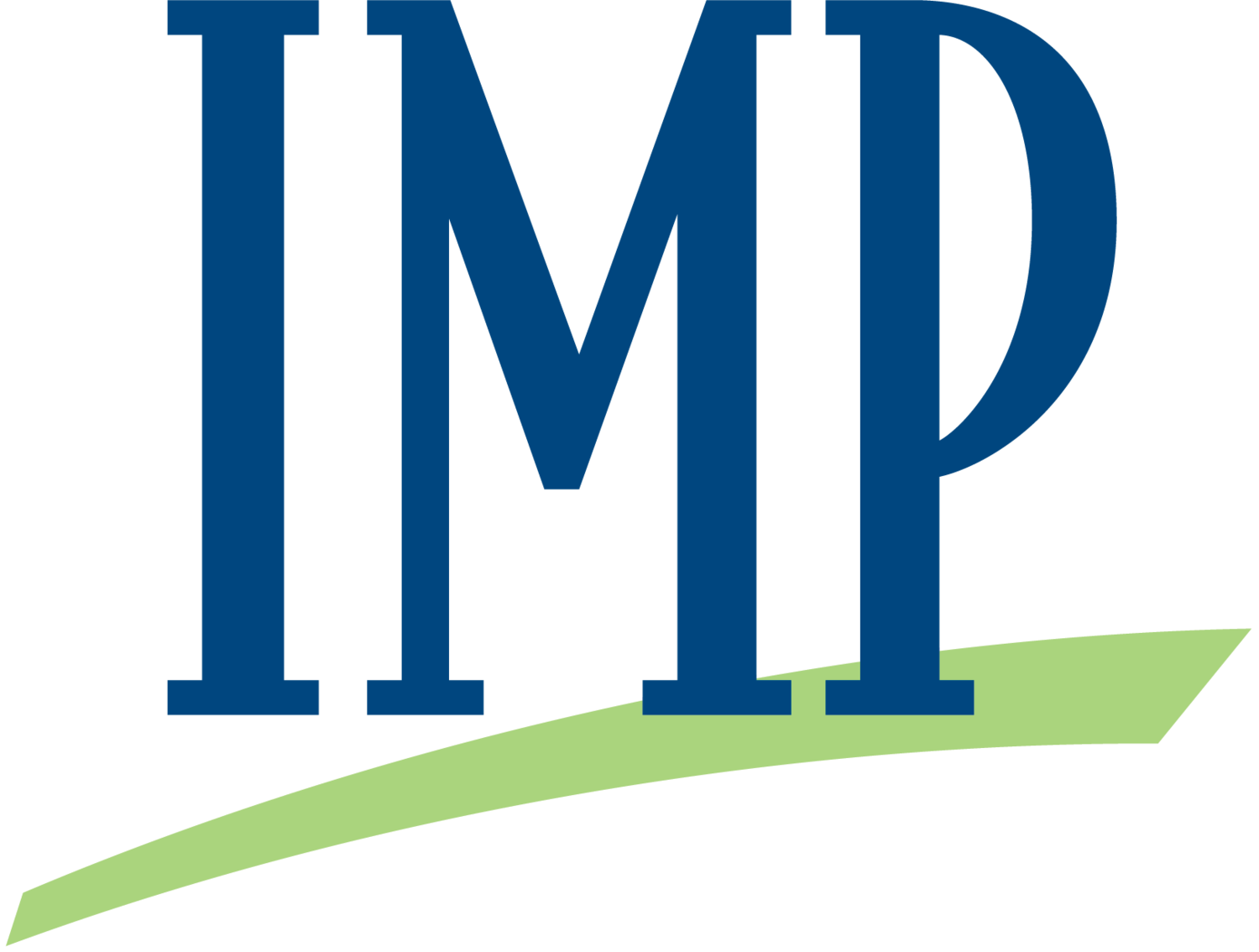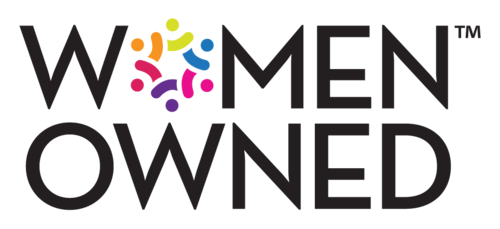Introduction
In today’s markets, many small to mid-sized asset managers are realizing substantial growth for the first time in over a decade. They are finding themselves at a crossroad, facing a decision on the direction they should turn for a long-term cost effective Trade Order Management (OMS) solution. With the abundance of choices nowadays from Application Service Provider (ASP) models, SaaS (Software-As-A-Service) models, and traditional self-hosting models, the cost versus value debate has become more complex and extremely difficult to dissect. The ultimate question is:
“Should we invest more in outsourcing our software and technology support (while reducing staff, sacrificing customization, and potentially functionality), or should we own the software and technology support? “
The debate is similar to the lease versus own argument for an automobile. This article will help you identify if you are in this position and identify 3 key questions you can ask yourself to navigate to the next phase.
Is this your Story?
You are a small to mid-sized asset manager with an AUM less than $15 billion. Three years ago, you sought the best possible solution to automate and streamline your portfolio management, compliance, trading and post-trade workflows. You solicited input from a few vendors at the time, huddled with the senior management team, and then settled for what felt like the best OMS solution at the lowest price point. But over time, the OMS has proven to be expensive to maintain and support. Support calls fall behind, and the vendor keeps insisting on an expensive upgrade. Your already lean IT team is struggling to meet the demands of the front office. You want a solution that is cost effective now and in the future, which is updated without the need for expensive upgrades, so that your operations team can focus on ensuring the end users are able to address their business needs efficiently. You have been fighting to contain costs and effort needed to keep these systems evolving to meet end user requirements. OMS vendors, on the other hand, find that small to mid-sized asset managers like yourself take up a lot of their time with little financial return, and so they seem to pay little attention to you.
If all the above sounds familiar, you are not alone. The result of this reality is an increasing number of small to mid-sized asset managers who are left in one of three states:
1. The “Duct Taped“ system state: Your in-house solution is patched together which is not scalable and rarely in compliance with changing regulations.
2. The “Old” System state: Your vendor software is years and versions out of date, and hence does not provide the competitive advantage to the extent it should.
3. The “Over Bought” system state: You paid through the nose for the Mercedes, but all you needed was the Ford. In this configuration, there are often added costs from data sourcing, fix connectivity, transaction cost analysis, and risk analytics. You paid a lot, but you’re not using half of it.
All states mentioned above are a source of significant disadvantage. It forces small to mid-sized managers to use complex and outdated workflows that discourage business from thriving in a constantly changing and increasingly regulated financial landscape. Or, it forces them into solutions they cannot afford and hurts their bottom line. For larger assets managers, with teams of operations staff to troubleshoot issues, and deeper pockets to weather the initial and ongoing costs of an on-premise OMS, this is not so much a problem.
What small to mid-sized asset managers need is an OMS solution that can be rapidly and cheaply deployed, is continually updated to address operational issues and data challenges, can scale and is secure, and uses streamlined workflows to provide actionable information in a timely manner.
3 Key Questions that can help your next move
You want to improve your current state, but how do you determine whether an ASP, SaaS or self-hosted solution is the right one for you? To accurately answer this question requires a deeper dive into your business needs, cost structure, and team characteristics. To get an initial idea of which way might be best, however, here are 3 questions you can ask now.
1. Do you need to have data on-premise, or can you live with data residing in an off-site facility?
Asset Managers must have their data protected. The trade-off here is between maintaining the data on servers in-house at a higher expense, or having it housed off-premise. Infrastructure vendors have improved significantly in terms of security, cost, and availability in recent years. If you are OK with having the data live outside, then the ASP or SaaS models are worth looking at. With the SaaS model, you will likely end up sharing the hardware infrastructure with other clients at a lower price point, but software ensures that your data is not visible to others.
2. Do you prefer to have an up-front larger cost followed by relatively smaller ones on an ongoing basis, or do you want to scale your costs with revenue, but then they are relatively larger?
If you run a lean business and must have cost containment with revenue, then the SaaS model is the way to go. If you prefer to front load costs and then have a lower cost-of-carry, then the self-hosted solution would be better. The ASP model allows you to not have an initial cost load, but then the cost-of-carry is higher than with SaaS.
3. Do you have an in-house IT team that can maintain and troubleshoot issues with the vendor product? How about an operations team to ensure that the right processes are run on a daily basis?
Vendor solutions for Asset Managers must cater to many clients and so are highly configurable. Another way of saying this is that they can easily be set up sub-optimally. If you have an able IT team that can maintain the product, be responsive, and be ahead of potential problems, and an operations team that ensures the post trade ops are done correctly, then it might be better for you to think of the self-hosted solution. Otherwise, you are better off with a SaaS or ASP model because you may be putting your business at risk by having a ‘Cadillac’ of an OMS system but no good driver behind the wheel.
Advice before embarking on a path
It looks like the SaaS solution might address many crucial requirements, and small to mid-sized asset managers would do well to go for a SaaS OEMS vendor. Not so fast. While a client may get extremely lucky and find the right vendor solution, what is really needed is an independent voice that knows the vendor landscape and understands the asset manager’s needs, then educates them on where the industry stands today and viable options. Is the vendor’s SaaS solution secure? How would multi-tenancy work? Is the vendor solution robust and is the vendor committed to support this solution? Which existing workflows will need to be adjusted under this solution?
Vendors, of course, are biased in providing advice, and large consulting companies are too expensive to hire. Smaller boutique consulting firms, such as IMP Consulting, which specialize in buy side asset management technology, have an established client base that allows them to see trends, and are not prohibitively expensive for the small to mid-sized asset manager to help in providing the advice needed to make a decision. Today, these boutique firms are in demand because they get answers faster with minimal overhead, have in-depth product knowledge to vet solutions, and the ability to efficiently manage vendors to get at the right solution.
If you are a small to mid-sized asset manager in need of a better OEMS solution, it may be time to get independent advice to help find a real solution that fits your needs and constraints.
Appendix
ASP
The ASP model hosts and maintains an instance of the application on its servers. There may be minimal customization of the software to address individual client needs. Overall this meets several of the criteria for the clients. This solution is akin to renting a server from a vendor and housing your application instance on it. As a result, a hosting solution is costlier and these costs are passed to the client. For some clients, this works as they can offload the operational burden to the vendor and focus on their business. For others, the cost can be prohibitive.
SaaS
The Software-as-a-service (SaaS) model shares infrastructure and resources. Think of the Bloomberg service delivery model as an example of SaaS. OEMS providers such as Eze, Linedata, Charles River, and Fidessa have moved forward to provide a SaaS based OEMS service which includes, in some cases, scrubbed data to deliver a higher quality experience for the end user. The SaaS solution’s lower cost results in savings for the small to mid-sized asset manager. A further advantage is that a SaaS solution can scale both up and down with the needs of the asset manager. So in a typical business cycle, the asset manager can scale cost up and down to an extent depending on the business they are getting. More vendors are joining the bandwagon albeit with different capabilities and at different speeds.
Self-Hosted
The self-hosted model is most often used by large asset managers who have larger teams to help manage the vendor product in-house and need customization that is necessary to meet crucial business needs. Often these clients desire the ability to configure the system to play within an ecosystem of other in-house and vendor products. In many cases, these large clients may act as first adopters for features and help the vendors fine-tune their products. Over the long run, this is a resource intensive option that relies upon a solid internal IT and ops team to push through items and address issues. While this model will not go away, it is being phased out by the larger vendors for small to medium sized clients.




